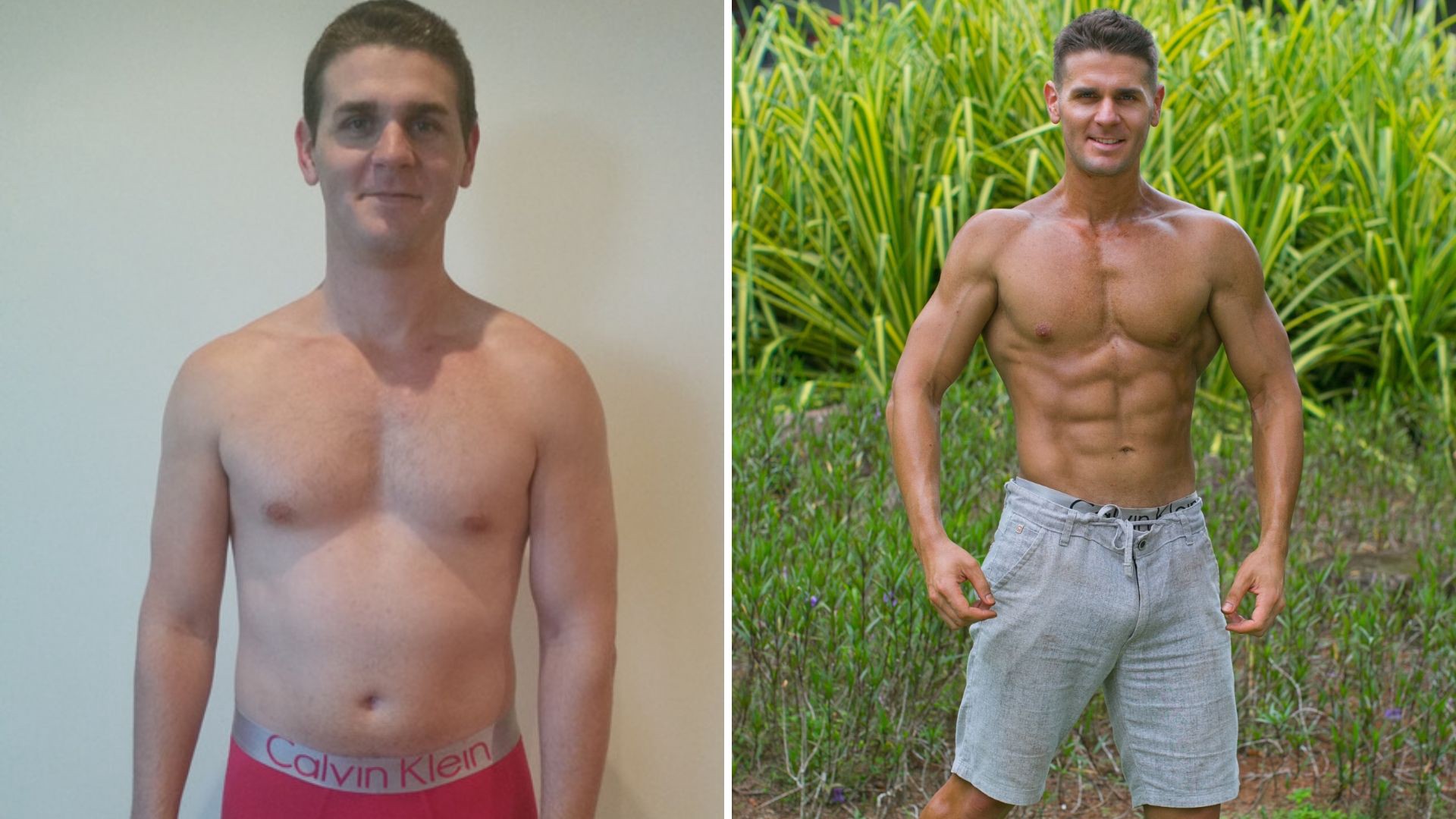
When I discovered the ?Push Pull Legs? (PPL) routine, not only did I save time in the gym due to having weight training structure ? but I also started seeing results! I was over the moon happy 🙂 The photo above is a before and after of my transformation where I used the Push Pull Legs approach to weight lifting!
In this article, I am going to break it all down for you and pass on everything I know about Push Pull Legs 🙂
What is Push Pull Legs?
Let?s cover some background knowledge first. It is a weightlifting training template that divides and conquers your muscles into groups where each group is trained separately ? allowing other muscle groups to have the rest they deserve!
Muscles usually work in pairs. So when you are deadlifting, your back and biceps are doing the work while your chest and triceps are relaxing.
Which makes this type of training perfect because on Day 1, you can smash your back and your biceps, while giving your chest and triceps a break!
At the most basic level, push pull legs involves:
A push workout day
A pull workout day
A legs workout day (everyone?s favourite ? guys?)
Push Exercises
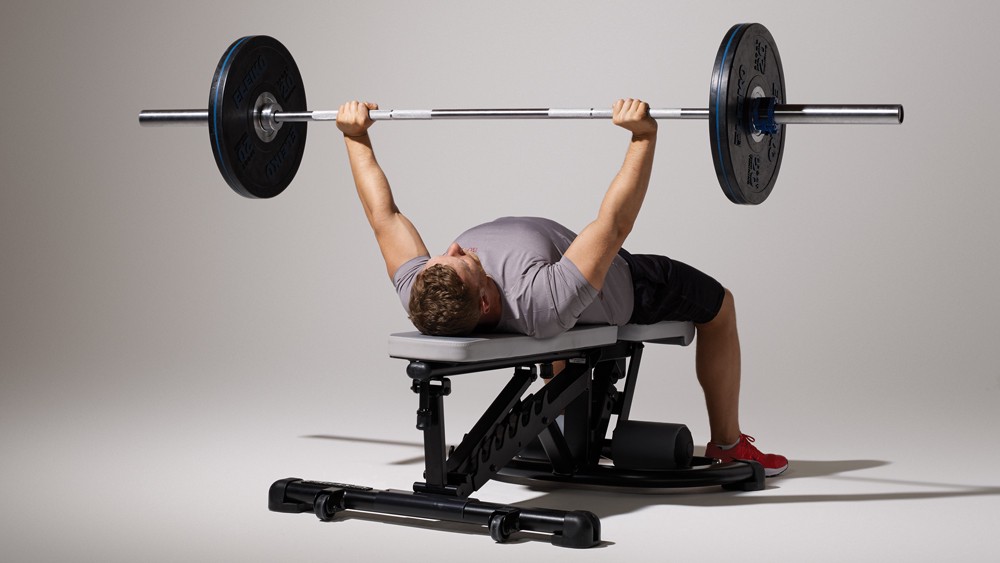
When your weight training is focused on upper-body ?push? workouts ? you?ll be training the muscles in your upper body that undergo push motions (chest, triceps, and shoulders.)
Click on the exercises to watch a demonstration video of how to do the exercise. I like Scott Herman and his instructional style 🙂
A pushing workout session that I used to get into the best shape consisted of 4?5 of the following exercises, on a 6-week rotation:
Flat Dumbbell Bench Press
Inclined Dumbbell Bench Press
Flat Barbell Bench Press
Inclined Barbell Bench Press
Arnold Dumbbell Press
Standing Barbell Military Press
Seated Barbell Shoulder Press
Seated Dumbbell Shoulder Press
Dumbbell Pullovers
Flat Dumbbell Chest Flys (or Inclined)
For triceps: Push Downs, Overhead DB Tricep Extensions, Skull Crushers, Close-Grip Barbell Bench Press
I suggest selecting any 4?5 exercises from the above list, with 1?2 exercises specifically targeting your triceps. As mentioned, I would swap them around every 6 weeks or so.
Pull Exercises
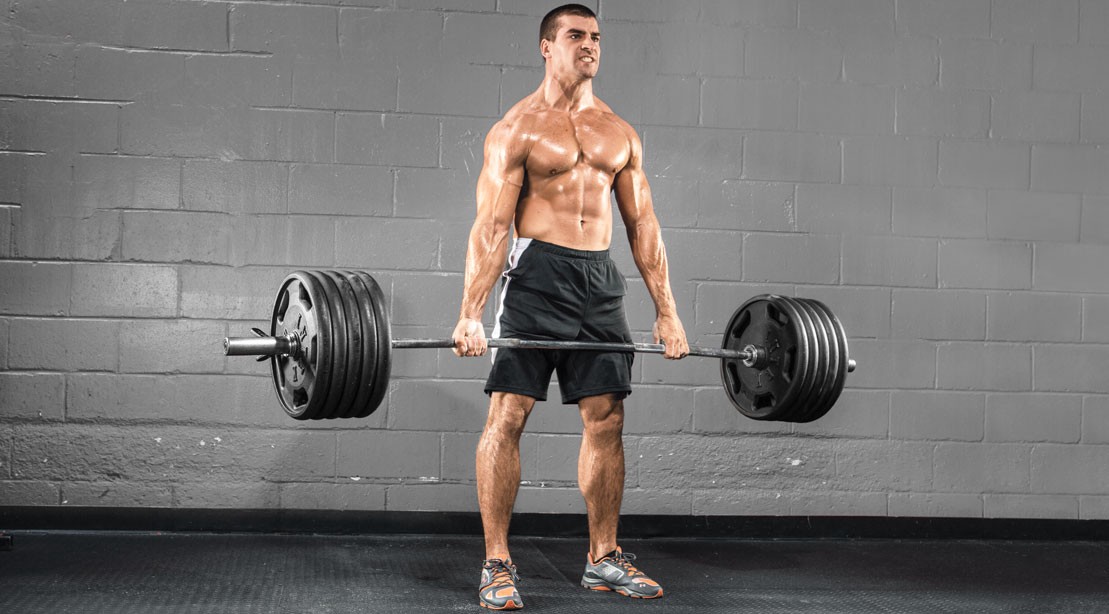
A pulling workout session involves training muscles involved in pulling motions. These muscle groups are mostly referred to as back and biceps (?Back and bis?)
Click on the exercises to watch a demonstration video of how to do the exercise. Spend some time to learn the deadlift, it is one of the most powerful exercises you will ever learn in your fitness journey.
Again, the exercises that I used on my ?pulling? day (back and biceps day) consisted of 4?5 of the following exercises, on a 6-week rotation:
Deadlift
Barbell Stiff-Leg Deadlift
Pull-Ups
Face Pulls
Bent-over Dumbbell Row or Barbell Row
Good Mornings
Lat Pulldown
T-Bar Row
For biceps: Dumbbell curls, Hammer Curls, Barbell Curls, EZ Bar Curls, DB Concentration Curls, Chin-ups
I suggest selecting any 4?5 exercises from the above list, with 1?2 exercises specifically targeting your biceps. As mentioned, I would swap them around every 6 weeks or so.
Lastly? Leg Exercises!
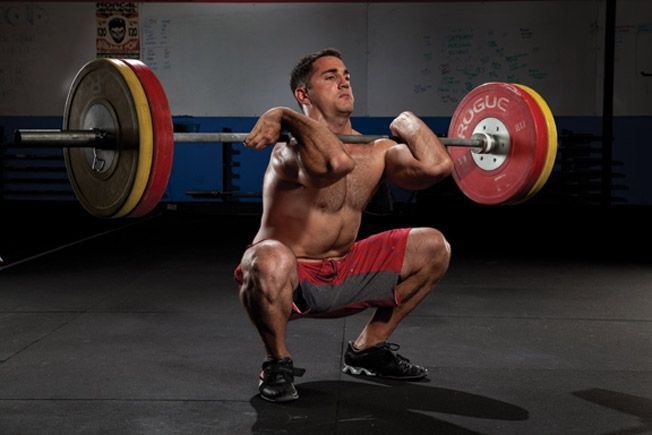
Which involves exercises that predominately focus on your glutes, quads, hamstrings, and calves.
Click on the exercises to watch a demonstration video of how to do the exercise.
Some of the most effective exercises for legs that will absolutely build size and strength are:
Barbell Back Squats
Barbell Front Squats
Leg Press
Hip Thrust
Bulgarian Split Squat
Hack Squats
Lunges
Leg curls
Leg Extensions
Calf Raises
Again, I suggest selecting any 4?5 exercises from the above list and swap them around every 6 weeks or so. I suggest alternating between front and back squats, while also including calf raises (especially if your calves are under-developed)
Now that I?ve given you some powerful exercises as part of a Push-Pull-Legs workout routine, it?s time to lay this out across a typical training week.
Basic Push Pull Legs Routines (Pick one!)

You can select any of the following templates based on how many days per week you can commit to weight training. I suggest 3?5 weight training days per week. You?ll still get incredible results on a 3 day Push Pull Legs split, so it is not detrimental if that is all you can dedicate to weight training.
You can elect to do cardio any day of the week, preferably after your weight training and not before. Ideally, you should keep at least a 6 hour gap between weight training and cardio or do them on separate days. To learn the science-based approach to incorporating cardio around your weight training, check out this article I wrote.
Pick the push pull legs routine that suits you and your training lifestyle.
2 Day Push Pull Legs Routine
Day 1: Upper Body (Push & Pull muscles)
Day 2: Lower Body (Legs)
With enough days rest between these two weight training sessions. You could do upper body on Monday and lower body on Friday, or vice versa. You can insert cardio around the rest of the days of the week, if you choose (not required).
3 Day Push Pull Legs Routine
Day 1: Push Day
Day 2: Pull Day
Day 3: Legs Day
Ideally, with one day rest from weight training between each day.
Usually when I travel overseas for my adventure travel vlog for extensive periods of time, I?ll revert to a 3-day per week Push Pull Legs routine. This ensures I can maintain my strength while abroad without living in the gym.
A 3-day per week template is easy to setup; Monday, Wednesday and Friday will be your Push, Pull, and Legs, respectively. Sometimes, for something different, I?ll start my training week in a reverse-order. What is important is that you set it up based on your own lifestyle and preference.
4 Day Push Pull Legs Routine
Day 1: Push
Day 2: Pull
Day 3: Legs
Day 4: Spare*
If you choose to commit to a Push Pull Legs routine across 4 days then you will have one spare day to add extra volume to a weak point or an area of improvement. For example, I really struggled to build my chest so I would often do two ?push? sessions per training week.
At the moment, I am recovering from a spinal injury and couldn?t train legs properly for around 6 months. My spare day will be another legs session to try and claw back strength in my legs.
Just remember to try and give each muscle group at least 24-hours rest! So try to avoid back-to-back sessions with the same muscle groups (i.e., Push, Pull, Legs, Legs).
Using the same example, I would do this: Push, Pull, Legs, (rest day), Legs.
5 Day Push Pull Legs Routine
Day 1: Push 1
Day 2: Pull 1
Day 3: Legs 1
Day 4: Spare*
Day 5: Spare*
This routine is one of the most common that people choose as it can be easily programmed across a 5-day work week, allowing the weekend off. Guys typically want to emphasise Upper Body training and women, Lower Body. So this is a perfect example where guys can add an extra Push and Pull session and women can add an extra Legs session, if you choose.
Example for guys: Push 1, Pull 1, Legs 1, Push 2, Pull 2
Example for girls: Legs 1, Push 1, Pull 1, Legs 2, Pull 2
6 Day Push Pull Legs Routine
When I was in the depths of preparing for drug-free amateur bodybuilding competitions, I would simply do the Push Pull Legs routine six days per week (I was a bit crazy!) The 6-day program is the same as the 3-day program, except doubled. Essentially training the same muscle group twice in the same training week, which is a training frequency that you shouldn?t exceed if you are a natural weight lifter like myself.
I don?t usually recommend a 6 day Push Pull Legs routine because for a natural weight lifter, it is quite demanding and may not allow sufficient rest to tackle the following training week. If you are just beginning your weight lifting journey, then I would not weight lift more than 5 times per week. You will still see incredible results with a 5 day Push Pull Leg split.
I would spend a month or so training at a maximum of 5 days per week, before possibly increasing that to 6 days per week (maximum).
This is what a simple 6 day Push Pull Legs routine looked like for me;
Day 1: Push 1
Day 2: Pull 1
Day 3: Legs 1
Day 4: Push 2
Day 5: Pull 2
Day 6: Legs 2
Day 7: Plan your next vacation! 🙂
The seventh day is always a day off weight training. And with any Push Pull Legs routine, I would spend no more than 60 to 70 minutes in the gym. If you are spending more than 90 minutes in the gym doing weight training then you are wasting too much time, and it becomes counterproductive.
Not only did I use the 3-day and 5-day routine to get into the best shape possible (in the months leading up to my competitions, 6 days). I also used Push Pull Legs along with correctly setting my calories and macronutrient targets (I will show you how here), and creating the perfect custom meal plan around the food I loved eating (this article shows you how).
If you want to take your fitness transformation to another level, check out my free fitness training videos.
You Need To Lift Heavy!
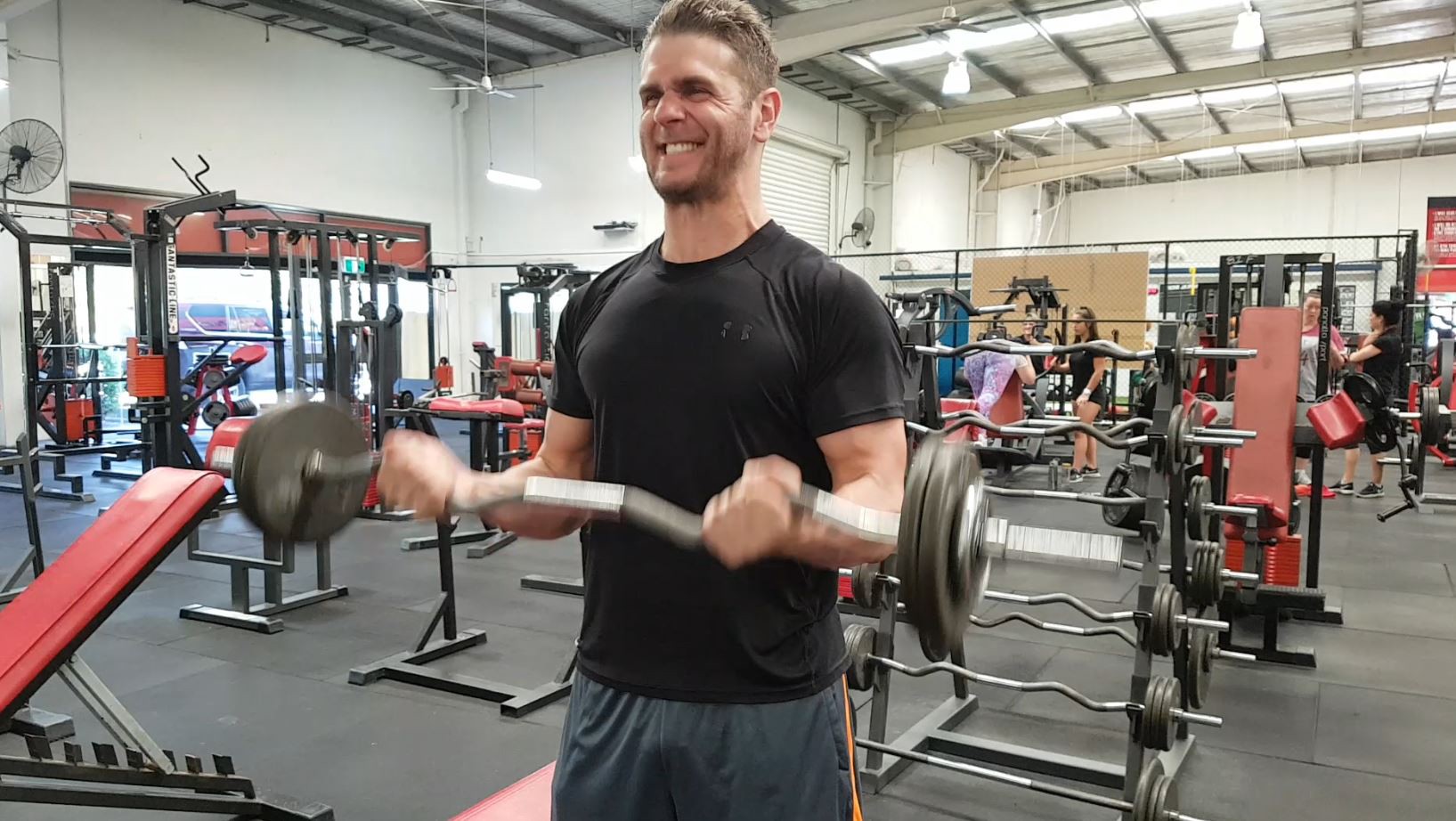
If you are a beginner wanting to build muscle and strength as fast as possible ? then you must commit to weight training 3?6 times per week. If you can?t commit to 6 days then 3 days per week using Push Pull Legs is still incredibly effective.
As a beginner weight lifter wanting to make Push Pull Legs work, you need to emphasise the primary method of building muscle ? progressive overload ? which is the process of gradually increasing the weight or number of reps for each exercise over time, causing increased tension on your muscle fibres over time.
As mentioned, you can either slightly increase the weight for each exercise, week to week. Or, increase the number of reps. Personally, I made progress on Push Pull Legs by aiming to achieve a 10 lb increase in weight on each exercise, week after week. For exercises such as the Bench Press, Military Press, or any exercise with a barbell, I would add an extra 5 lb to each side (10 lb total) and try and fight for the same number of reps.
A Simple Push Pull Legs Workout
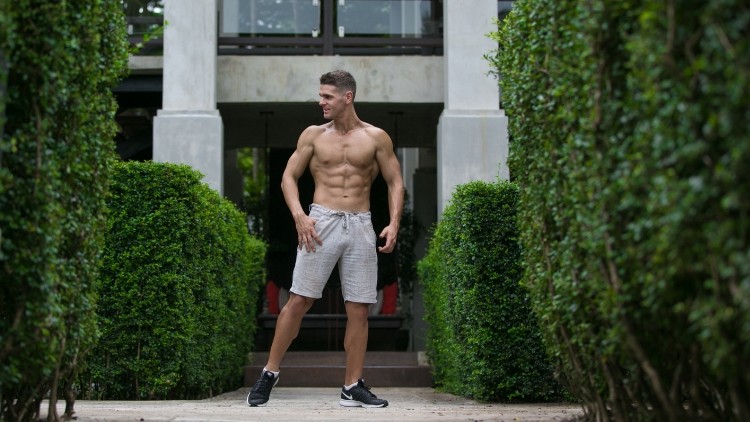
There are many different combinations and varieties of Push Pull Legs routines on the market. For me, I like keeping it simple and will show you what my favourite routine is on a 3 Day split.
I?ve taken the exercises from the sample list above and if you are not sure how to perform them, click on the links to watch a demonstration video.
Day 1: Push
3 x warm-up sets at 50% of max weight
Inclined Barbell Bench Press
3 sets at 6?8 reps
Close-Grip Barbell Bench Press
3 sets at 8?10 reps
Standing Barbell Military Press
3 sets at 6?8 reps
Push Downs
3 sets at 8?10 reps
Flat Dumbbell Bench Press
3 sets at 6?8 reps
Day 2: Pull
3 x warm-up sets at 50% of max weight
Deadlift
3 sets at 6?8 reps
Barbell Curls
3 sets at 8?10 reps
Lat Pulldown
3 sets at 6?8 reps
Hammer Curls
3 sets at 6?8 reps
Barbell Stiff-Leg Deadlift
3 sets at 6?8 reps
Day 3: Legs
3 x warm-up sets at 50% of max weight
Barbell Back Squats
3 sets at 6?8 reps
Bulgarian Split Squat
3 sets at 6?8 reps
Leg Press
3 sets at 6?8 reps
Lunges
3 sets at 8?10 reps
Calf Raises
3 sets at 8?10 reps
Basic Push Pull Legs Guidelines
Rep Range
You?ll notice that you will add enough weight to achieve a rep range somewhere between 6?8 reps or 8?10 reps.
The only way to make progress and build muscle and strength with Push Pull Legs, is to add 5 lbs to each side of the bar when you reach the upper end of the rep range. In your next set, you?ll notice that your rep ability will drop to the bottom end of the range. Leave the weight on and try and push out those extra few reps until you hit the upper end again. Add another 5 lbs. Rinse and repeat.
You may find that adding 5 lbs to the bar is too much of an increment. You?ll notice this by your rep ability dropping below the bottom end of the rep range. If this happens then increase your weight increment by a smaller amount (i.e., 2 lbs total) then try again for the next set.
As you become more advanced, your increments will become smaller and smaller. After 12?18 months of consistent progression on Push Pull Legs, you?ll be fighting for every rep. This is where you?ll need to make tweaks to your technique, exercise order, and so on, to try and break through weight lifting plateaus that will show up.
As a beginner, it is crucial to get into the habit of recording your weight lifting progress on a Push Pull Legs routine. There are plenty of apps where you can enter in sets, reps, and weight for a given exercise. Personally, I like FitNotes and have used it for over 4 years.
This allows you know exactly how much weight to start with on each exercise when you walk into the gym, rather than guessing!
Rest Periods Between Sets
When you are undertaking warm-up sets at the beginning of your workout, there is no need to have more than 1 minute of rest between sets. Between your last warm-up set and your 3 working sets, allow a 2?3 minute rest.
Rest between sets is important to allow proper muscle recovery and for proper progressive overload to occur during each set. I have a very simple formula for rest between sets that I?ve been following for years now.
Exercises requiring 6?8 reps
2?3 minutes rest
Exercises requiring 8?10 reps
1?2 minute rest
If I am trying for a personal best (PB) then sometimes I?ll rest 4?5 minutes before starting the set. I either use the stop watch on the wall of the gym or my wrist watch to keep track of time.
Deloading
As a beginner, you?ll be enthusiastic with a brand new Push Pull Legs routine, firing on all cylinders for the first few weeks! You?ll walk into the gym feeling energised and walk out feeling really accomplished. Over time, you?ll begin to feel more and more fatigued and rundown.
This is a normal aspect of a training journey where a deload becomes essential to dial back the intensity and volume of your training.
I recommend a deload week every 4 to 6 weeks, reducing your volume and intensity by around 50% to a normal week. You?ll thank me later 🙂
Symptoms of over-training are usually progressive and not sudden, and you?ll notice a slow decline in your training performance, fatigue levels, and sluggish recovery times. These are all tell tale signs that a deload is on the horizon for you. And everyone is different, you might need a deload after 3 weeks while others need a deload after 6 weeks.
These were some of my symptoms of over training that prompted me to take several deload weeks.
Gradual loss of interest in training
Feeling tired and not fully rested from the previous day training session
Dull aches and pains that do not go away
Lack of energy ? despite taking a pre-workout!
Don?t ever think that a deload is a waste of time. Most people will actually break through weight lifting plateaus after bouncing out of a deload week due to having a mental and physiological reset. Consider a deload as a necessary aspect of your training journey, and not a hindrance to it.
My Last Words on Push Pull Legs
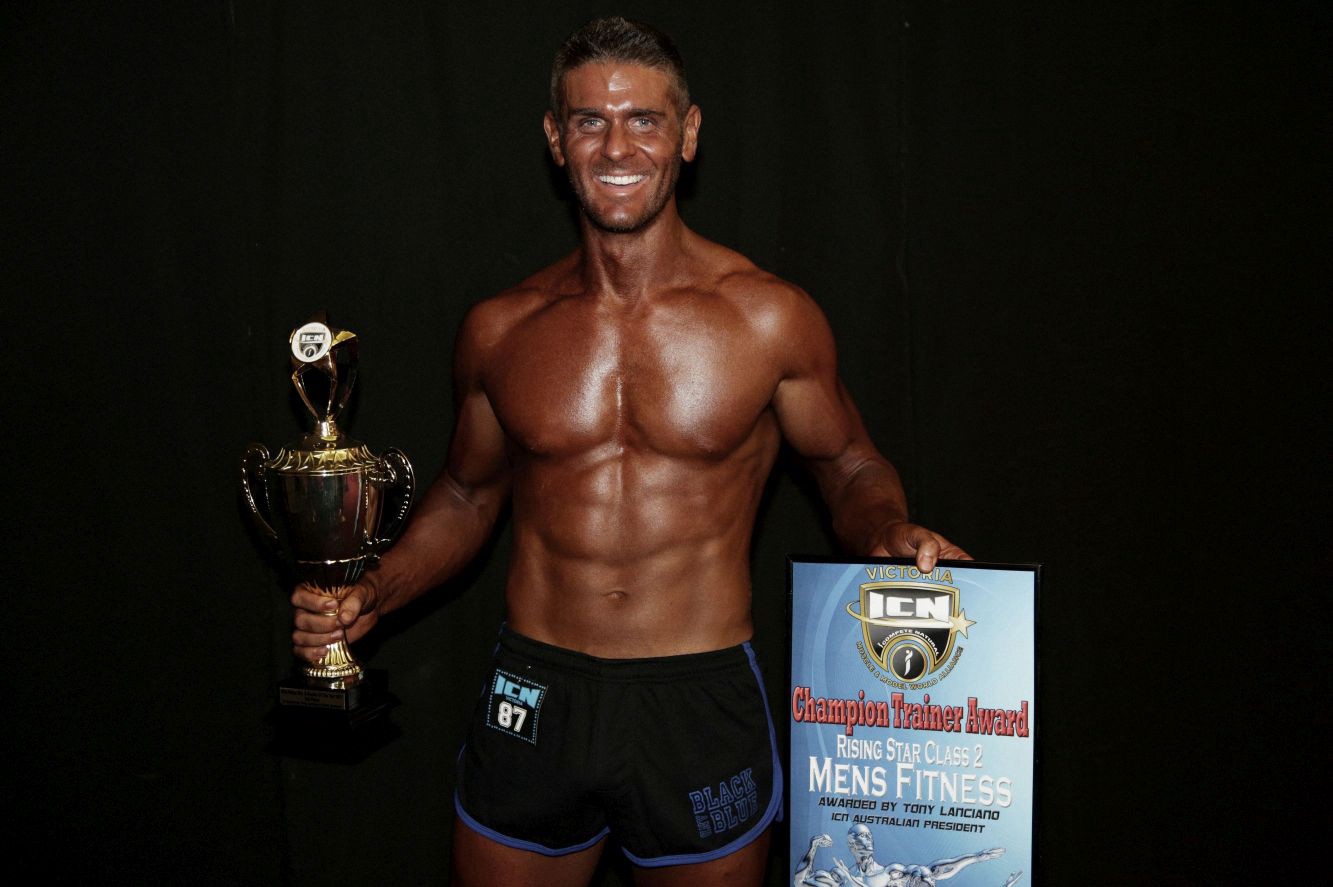
The Push Pull Legs routine is one of the most effective weight training protocols you can start with as a beginner weight lifter. It is one of the most effective weight lifting routines you could ever incorporate.
Prior to 2017, I was travelling 3?4 months of the year and managed to build most of my current conditioning by implementing the exact routines I have shared with you in this article.
From the rustic open-air gyms in Thailand to the dusty and rusty dumbbells in the bare-bones gyms in Botswana ? Push Pull Legs works! Allowing you to train every major muscle group in your body by perfectly blending volume, intensity, frequency, and muscular recovery into your regimen.
You won?t be disappointed by this weight lifting routine and strongly encourage you to dedicate 6 weeks of your life to it and see where it takes you! If you still enjoy it then take a deload, come back to this article and swap out some exercises, and off you go again for another 6 weeks.
Let me know how it goes 🙂
Lastly, if you want to take your fitness transformation to another level, check out my free fitness training videos.
If you found this article useful, please click the ?clap? icon as it helps other people find it. For any questions, you can ask me on my website, Instagram, or my vlog.
Originally published at https://www.bradnewtonfitness.com/ on July 27, 2017.